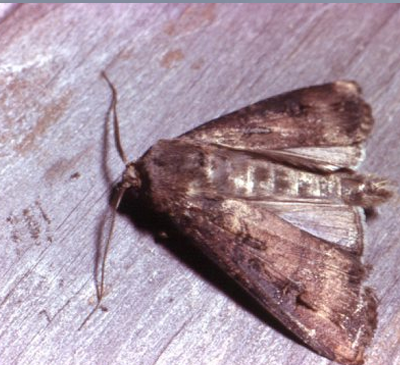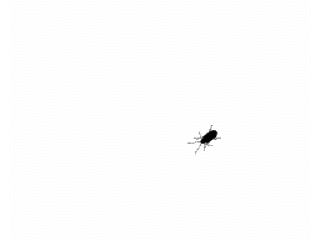
From $160
TEXTILE PEST CONTROL PERTH
Textiles pests including Clothes moth and Carpet beetle establishing in your home or business may cause serious damage to natural fibres of clothing, carpets, artefacts and stored items.
Clothes moths are so secretive that you'll probably never see them. If adults are disturbed they will scuttle off to a secure area and this may be the tell-tale signs of an infestation.
The adult moths do not eat, and live solely for the purpose of mating and laying eggs. Adults seek out tight spaces and can crawl through small cracks and openings to find appropriate food sources upon which to lay their eggs.
They are particularly attracted to soiled fibres, with traces of sweat, oils, or food. The larvae are unable to fully develop on completely clean fabric; they need the proteins, mineral salts and Vitamin B complex found in dirt, sweat and food particles.
Moth and beetle larvae shun bright light, so they rarely attack frequently worn clothing or heavily trafficked carpets. They thrive in clothing that is packed away and carpet hidden under furniture, especially if there are food spills or other attractive scents.
Despite their names, clothes moths can attack carpets and carpet beetle can attack clothes.
Both insects lay eggs in secluded spots with plenty of food, wool, and other animal-based materials.
Larvae emerge within a few weeks; beetle larvae can feed on fabric for a year or more and moth larvae may cause damage for a couple months.
It is only when these insects become established in your property, and are left untreated, that they cause serious harm, such as:
- Damage to historic artefacts
- Damage to clothing, carpets, upholstered furniture
- Contamination of foodstuffs and fabric–based goods
Identification
Case Bearing Clothes Moth
- They are greyish-brown to dark in colour, about 7-10mm in body length
- Dislikes light and frequent dark areas. Often scurries across surfaces instead of flying when disturbed
- Larvae between 7-10mm, cream caterpillar with dark brown head, lives in small case or cocoon its entire life, and carries this around with it, prefers undisturbed areas
- Adult lifespan 3-8 months
Common Clothes Moth
- They are golden-buff in colour, about 8-10mm in body length
- Similar behaviour to case-bearing clothes moth
- Larvae between 7-10mm, cream translucent caterpillar with dark brown head, lives in a network of tunnels or tubes it constructs, and is difficult to see
Varied Carpet Beetle
- Very small beetle, brown, grey and black mottled back.
- Very slow moving, often seen at windows trying to get outside to pollen on flowers.
- Larvae between 4.5 mm, resembles a beetle more than a caterpillar.
- Adult lifespan, 9-12 months
HOW PESTS OUT WA CAN HELP
Successful control of Textile pests requires planning followed by an extensive and thorough treatment by a professional pest control company. To eradicate this persistent pest requires a close understanding of its biology, lifestyle and habits.
Methods of Treatment Include:
The treatment of Stored Product Insects requires an integrated pest management approach with a close partnership between the customer and the pest manager. This includes but is not limited to the following;
Non-chemical solutions – This includes vacuuming and cleaning of carpets, furniture and pet bedding. Removal of cast skins and eggs is important in reducing the lifecycle of textile pests in your property.
Washing – Regular washing of fabric items and carefully storing or quarantining clothes will assist in the treatment of these pests.
Surface sprays – Upon identification and at commencement and end of treatment, insecticidal surface sprays are used.
Space sprays – Insecticidal space sprays are used to kill moths or beetles that have been spotted on ceilings, walls or furnishings.
Dusts - insecticidal dusts can be used on carpet edges to control and eliminate larvae. It may also be used extensively in a roof.
Lures and detectors - Species specific lures and general insect detectors are used to identify the infested locations.
Pests Out WA has that expertise and years of practical field experience. We know exactly which products to use, when to use them and where.
Our number one priority when undertaking this work, is the health and safety of your family and pets. The main insecticide products we use in this situation are modelled on natures very own insecticide ‘pyrethrum’ derived from the Chrysanthemum flower and are completely colourless, odourless, simple and effective.



